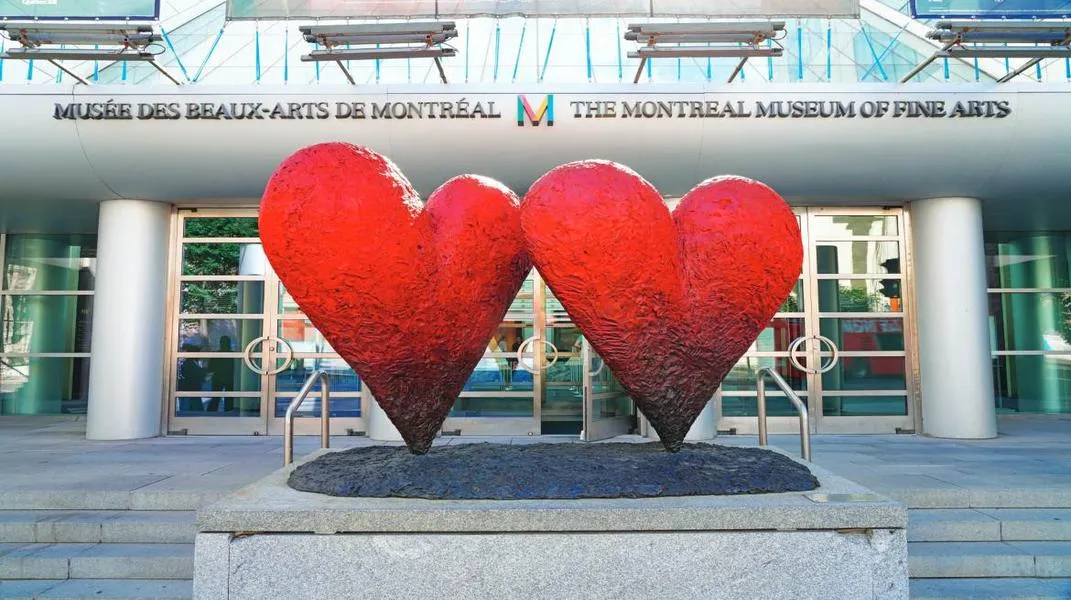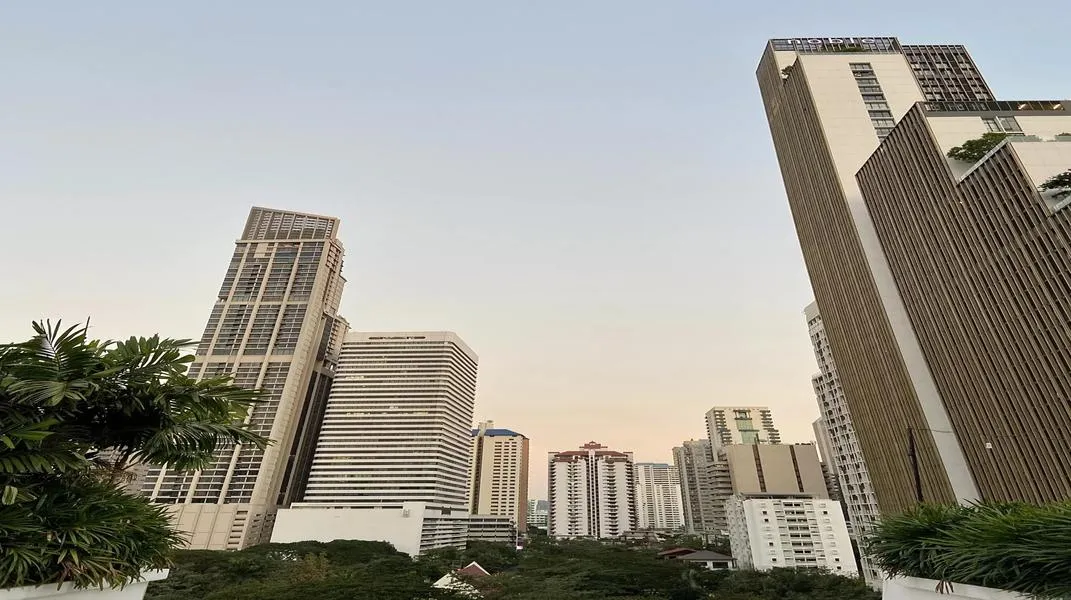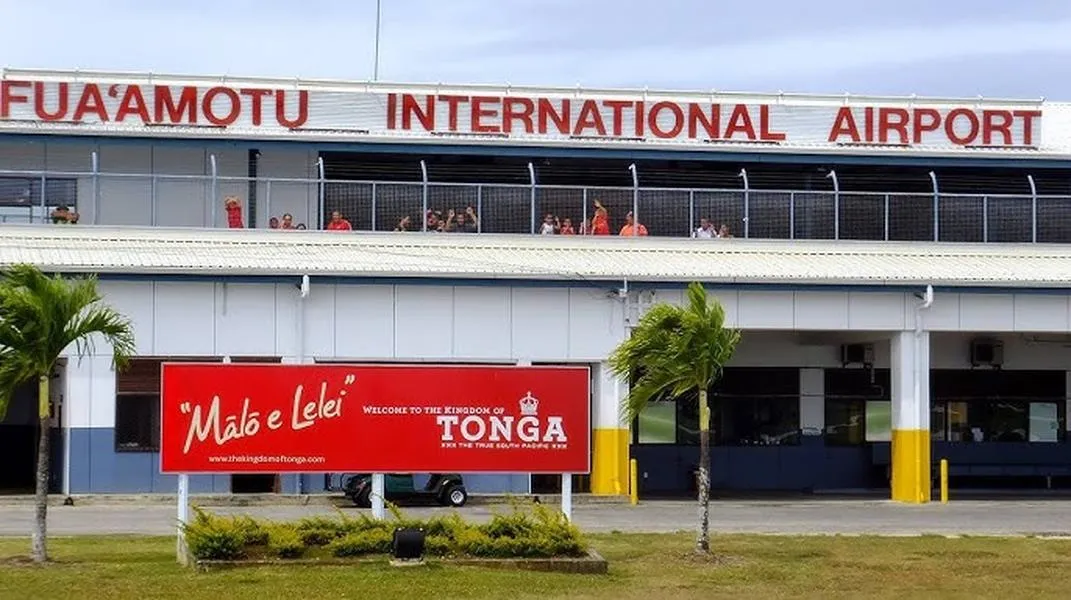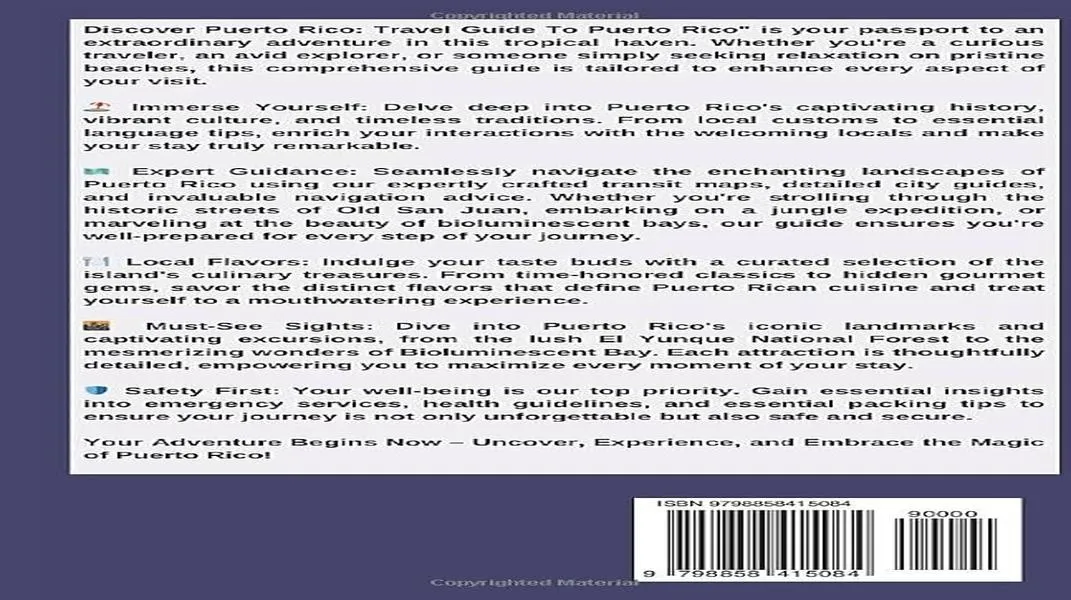Discovering Montreal: A Comprehensive Guide to Canada’s Cultural Capital
Montreal, the largest city in Quebec, Canada, is a vibrant metropolis known for its rich history, diverse culture, and stunning architecture. Nestled on the Island of Montreal, this city is a melting pot of cultures, languages, and traditions, making it a unique tourist destination. With its blend of European charm and North American dynamism, Montreal offers visitors a wealth of experiences, from its cobblestone streets and historic districts to its thriving arts scene and culinary delights.

A Glimpse into Montreal’s History
Montreal's history dates back to the 16th century when it was first settled by the French. The city was named after Mount Royal, the triple-peaked hill in the heart of the city. Over the centuries, Montreal has evolved from a fur trading post to a bustling urban center. The city's architectural landscape reflects its history, featuring a mix of Gothic Revival, Art Deco, and modernist styles that create a unique skyline.
The Must-See Attractions
1. Old Montreal (Vieux-Montréal)
Old Montreal is the city's historic district, where visitors can wander through narrow cobblestone streets lined with 17th-century buildings. Key attractions include:
- Notre-Dame Basilica: This stunning Gothic Revival church is famous for its breathtaking stained glass windows and intricate woodwork. Visitors can take guided tours to learn about its history and significance.
- Place Jacques-Cartier: A bustling square that serves as a hub for street performers, artists, and vendors. It's an excellent place to relax and soak in the atmosphere.
- Pointe-à-Callière Museum: This archaeology and history museum is built on the site of Montreal's founding. Exhibits explore the city’s past, from its Indigenous roots to its colonial history.
2. Mount Royal Park
Designed by Frederick Law Olmsted, the same landscape architect behind New York's Central Park, Mount Royal Park is a green oasis in the heart of the city. Visitors can hike to the summit for panoramic views of Montreal and the St. Lawrence River. The park offers various trails for walking, cycling, and even cross-country skiing in the winter.
3. The Montreal Museum of Fine Arts
One of the most prominent art museums in Canada, the Montreal Museum of Fine Arts houses an impressive collection of over 41,000 works, spanning from classical to contemporary art. The museum frequently hosts temporary exhibitions featuring renowned artists from around the world.
4. Saint Joseph's Oratory
Perched atop Mount Royal, Saint Joseph's Oratory is one of the largest churches in the world and an architectural masterpiece. Visitors can explore its stunning dome, beautiful chapels, and serene gardens. The oratory is also a pilgrimage site, attracting millions of visitors each year.
5. Jean-Talon Market
For food lovers, a visit to Jean-Talon Market is a must. This vibrant market is filled with local vendors selling fresh produce, artisanal cheeses, baked goods, and international delicacies. The market is a feast for the senses and a great place to sample Montreal's culinary offerings.
6. The Underground City
Montreal's Underground City, or RESO, is a network of tunnels and shopping complexes that span over 33 kilometers. This subterranean wonderland is perfect for exploring during the colder months, offering access to shops, restaurants, and metro stations without venturing outside.
7. The Montreal Science Centre
Located in the Old Port, the Montreal Science Centre is an interactive space designed for visitors of all ages. It features hands-on exhibits, an IMAX theatre, and a variety of science-related events and workshops.
Preparing for Your Visit
To make the most of your trip to Montreal, proper preparation is key. Here’s a comprehensive checklist to ensure you have everything you need for an unforgettable visit.
1. Travel Documents
- Passport: Ensure your passport is valid for at least six months beyond your planned departure date.
- Visa: Check if you need a visa to enter Canada, depending on your nationality.
2. Accommodation
Montreal offers a range of accommodations, from luxury hotels to budget-friendly hostels. Popular areas to stay include:
- Old Montreal: Ideal for those who want to immerse themselves in the city's history.
- Downtown: Offers proximity to shopping, dining, and cultural attractions.
- Plateau Mont-Royal: Known for its bohemian atmosphere, cafes, and local boutiques.
3. Transportation
- Public Transit: Montreal has an efficient public transit system, including buses and the metro. Consider purchasing a multi-day transit pass for unlimited travel.
- Biking: The city is bike-friendly, with numerous bike lanes and the BIXI bike-sharing program.
- Walking: Many attractions are within walking distance, especially in the downtown and Old Montreal areas.
4. Clothing
Montreal experiences four distinct seasons, so pack accordingly:
- Summer (June to August): Lightweight clothing, sunscreen, and sunglasses. The city can get hot and humid.
- Fall (September to November): Layered clothing to accommodate fluctuating temperatures and a light jacket for cooler evenings. Fall foliage is stunning in the city.
- Winter (December to February): Warm clothing, including a heavy coat, gloves, a hat, and waterproof boots. Montreal winters can be harsh, with snow and freezing temperatures.
- Spring (March to May): Layers are essential, as temperatures can vary. Bring a light jacket and comfortable shoes for exploring.
5. Currency and Payments
- Currency: The currency in Montreal is the Canadian Dollar (CAD). Ensure you have some cash for small purchases, though credit and debit cards are widely accepted.
- ATMs: There are plenty of ATMs available throughout the city for withdrawing cash.
6. Language
While French is the official language of Quebec, English is also widely spoken, especially in tourist areas. Learning a few basic French phrases can enhance your experience and is appreciated by locals.
7. Cultural Etiquette
Montreal is a multicultural city, and residents take pride in their diverse heritage. Here are a few tips to keep in mind:
- Greetings: A friendly "Bonjour" (Hello) is a great way to start a conversation. If you know the person speaks English, you can switch to "Hello" after the initial greeting.
- Dining Etiquette: Tipping is customary in restaurants, with 15-20% being standard. Be sure to check if gratuity is included in larger groups.
8. Health and Safety
- Travel Insurance: It’s wise to purchase travel insurance to cover any medical emergencies or unexpected cancellations.
- Emergency Numbers: The emergency number in Canada is 911. Familiarize yourself with the location of the nearest hospital.
9. Itinerary Planning
Creating a balanced itinerary is crucial for making the most of your time in Montreal. Consider grouping attractions by location to minimize travel time. Allocate time for leisure and relaxation, as well as for sampling the local cuisine.
10. Local Cuisine
Montreal is renowned for its culinary scene, so prepare for a gastronomic adventure. Be sure to try:
- Poutine: A quintessential Quebec dish made of fries, cheese curds, and gravy.
- Montreal-style bagels: Smaller, denser, and sweeter than New York bagels, these are a must-try.
- Smoked meat sandwich: Visit Schwartz’s Deli for the most famous version of this local delicacy.
- Crepes and pastries: Sample the rich flavors of French-inspired desserts in the city’s many patisseries.
Conclusion
Montreal is a captivating city that offers a wealth of experiences for every type of traveler. From its historic architecture and world-class museums to its diverse culinary scene and vibrant festivals, there is something for everyone. By preparing ahead and embracing the local culture, you will create unforgettable memories in this enchanting Canadian city. So pack your bags, grab your passport, and get ready to explore the many wonders of Montreal!




